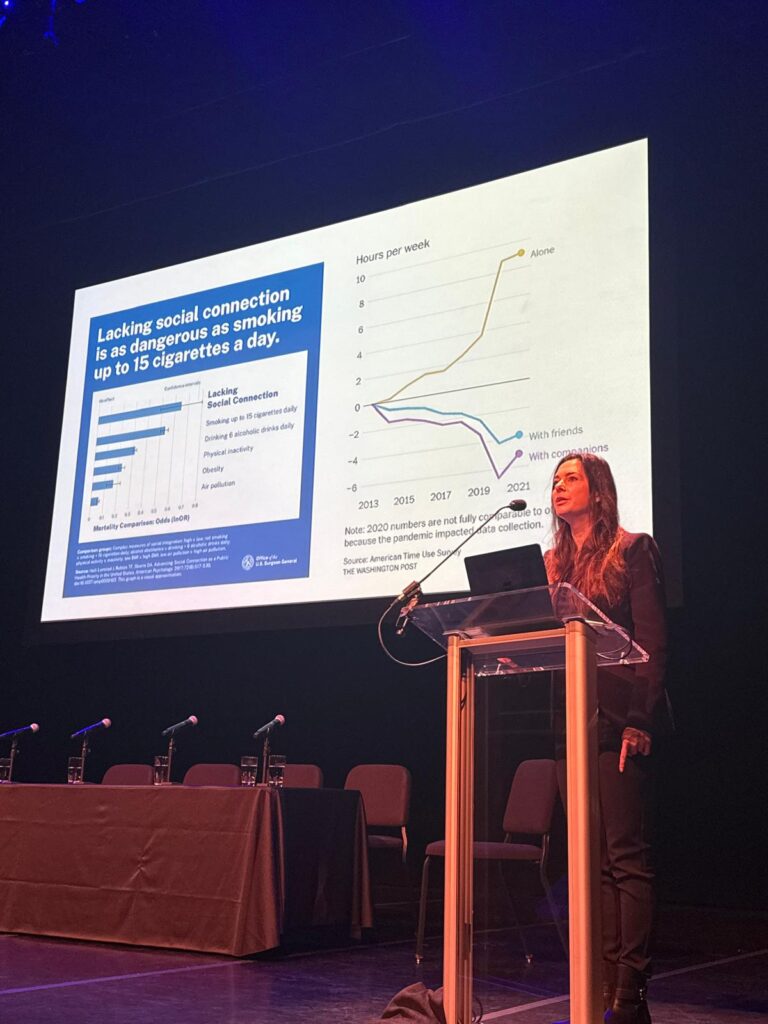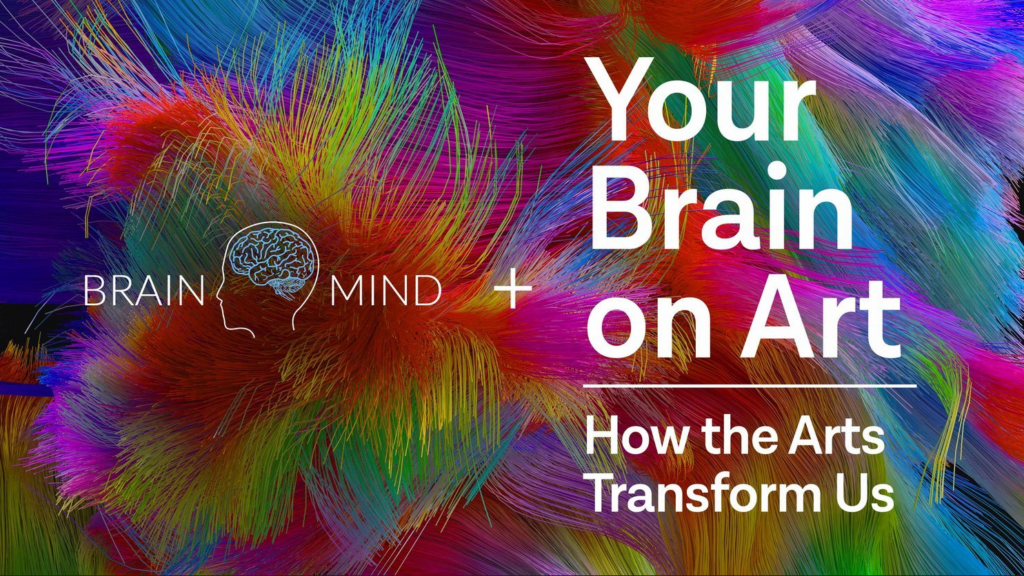The Flawless Team was thrilled to attend the second annual NeuroArts Conference at the Kravis Center for the Performing Arts on March 29, 2025. This groundbreaking event brought together leading neuroscientists, artists, and advocates to explore the profound connection between the arts and human well-being. As an organization committed to holistic mental health and wellness, we were deeply inspired by the insights shared.
The Power of the Arts: More Than Just Expression

The conference highlighted that the arts are essential to our health and ability to thrive. Susan Magsamen, a key thought leader in the field, opened the conference by emphasizing that we need the arts to feel healthy and flourish. This resonated deeply with our mission, as we continue integrating creative expression into our wellness initiatives.
Conference Curator, Fredrick Johnson, invited us to take a journey through the mind, reminding us that the power of our voices is ancient and deeply comforting. This message underscored the role of art in connection, how it allows us to understand not only ourselves but also the emotions of those around us.
The Neuroscience Behind the Arts

Neuroscientist Dr. Indre Viskontas, the keynote speaker, explained how music can shift our mental state, pulling us from one emotional space to another. Strategic use of music can help heal pain, reduce anxiety, and even rehabilitate individuals facing extreme conditions, such as those who are incarcerated and navigating difficult living standards.
Dr. Viskontas shared many fascinating takeaways. For one, she noted that while our sensory receptors are limited, our brains fill in the blanks on our lived and visual experiences, allowing us to experience the world in profound ways. This ability to search for meaningful patterns is precisely why the arts have such a transformative effect on human perception and memory. Our brains are wired to find stories, and through storytelling—whether in visual art, music, dance, or performance—we foster deeper connections with ourselves and others.
The Arts as a Remedy for the Loneliness Epidemic

In today’s world, social interaction is more crucial than ever. Dr. Viskontas emphasized that we are living through a loneliness epidemic, which is taking a significant toll on society. The arts serve as a medium for interaction, connection, and emotional healing. Through shared artistic experiences, we mirror the emotions of others, cultivating compassion and community.
Dr. Viskontas pointed us to her collaboration with South Florida PBS to create an immersive experience showcasing Leonardo DaVinci’s work and embracing how engagement with the arts activates different regions of the brain. Understanding these neural processes reinforces the importance of making art accessible to all.
A Phenomenal Panel Discussion

One of the standout moments of the conference was the panel discussion, which was nothing short of phenomenal. Captain Moira McGuire emphasized the importance of a strength-based wellness model, reminding us that whatever we need is already inside us. She reinforced that health is an indication of balance, and art helps us achieve that equilibrium.
Theo Rooding, a veteran and musician, highlighted the impact of programs like the Veteran Civilian Arts Ensemble at the David A. Straz Center for the Performing Arts in Tampa, FL. This initiative fosters commonality, connection, and creative expression, proving that the arts provide an essential outlet for those who have served our nation in the military. His testimony reinforced the importance of art as a bridge between different life experiences and as a means of healing and unity.
Resources for the Community

The conference also introduced Neuro Arts Resource Center (neuroartsresourcecenter.com), launching soon. This platform will serve as a virtual hub where individuals can explore the latest research and resources on the intersection of arts and neuroscience. This digital platform, supported by the Neural Arts Blueprint, serves as a space for ongoing education and community-building around the power of the arts.
Additionally, initiatives such as Creative Forces: NEA Military Healing Arts Network (CreativeForcesNRC.Arts.gov) further emphasize the impact of the arts in healing. This program, developed by the National Endowment for the Arts in partnership with the U.S. Departments of Defense and Veterans Affairs, is dedicated to improving the health, well-being, and quality of life for military personnel and veterans who have experienced trauma. By extending creative opportunities to service members, their families, and caregivers, Creative Forces exemplifies how the arts can be a tool for recovery and reintegration.

To read “Your Brain On Art ‘ click here.
Moving Forward with Flawless
The NeuroArts Conference reaffirmed what we at Flawless Foundation hold at our core: art is more than just creativity—it is a powerful tool for healing, connection, and transformation. As we continue our work in wellness and mental health advocacy, we are more committed than ever to incorporating creative expression into our programs. Whether through music, dance, storytelling, or visual arts, we strive to create spaces where individuals can connect, heal, and thrive.
To watch our recap click here:
For more resources visit the Neuroarts Resource Center








